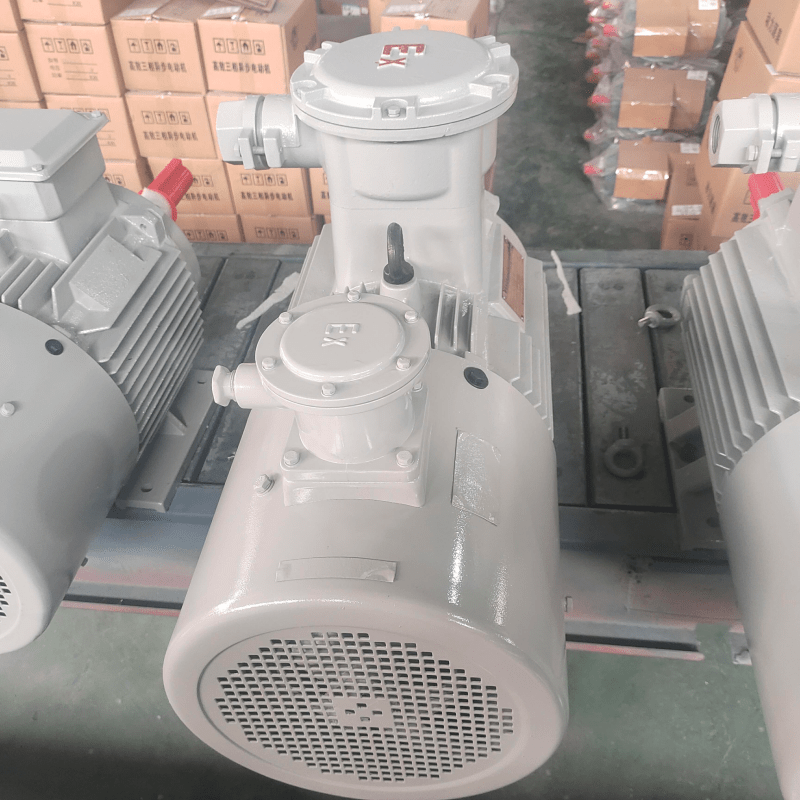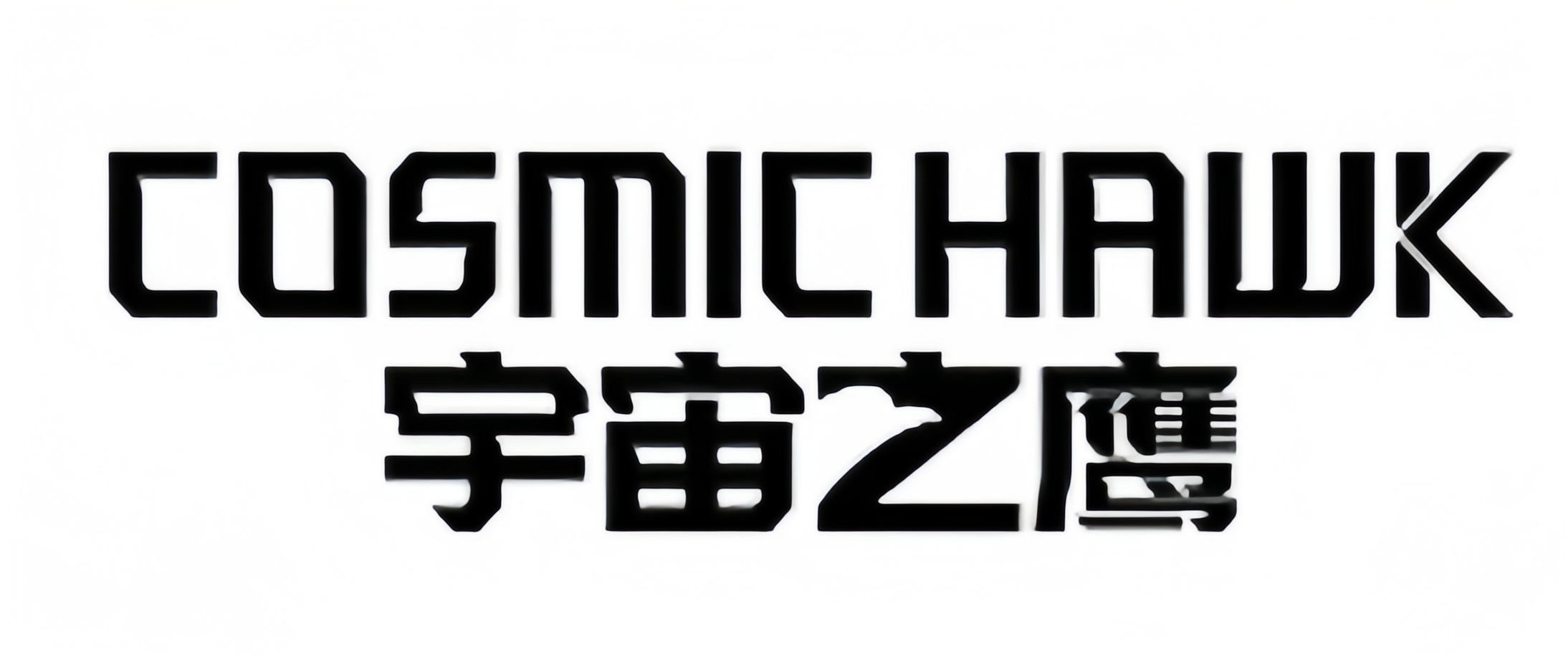Understanding Modern Electric Motors in Today's Technology
Electric motors have become the beating heart of countless applications in our modern world. From powering electric vehicles to running industrial machinery, these remarkable devices convert electrical energy into mechanical motion with unprecedented efficiency. As we approach 2025, the electric motor landscape continues to evolve with groundbreaking innovations and improved performance metrics that are reshaping how we think about electromechanical power.
The significance of electric motors extends far beyond traditional industrial applications. They're now integral to sustainable energy solutions, smart home technologies, and the growing electric mobility sector. With global emphasis on energy efficiency and environmental consciousness, understanding how to select the right electric motor has never been more crucial.
Core Components and Types of Electric Motors
Essential Motor Components
Every electric motor consists of fundamental elements that work in harmony to create mechanical motion. The stator, a stationary component housing electromagnetic components, interacts with the rotor, which rotates to generate movement. Copper windings, bearings, and the motor housing each play vital roles in ensuring efficient operation and longevity.
Modern electric motors often incorporate advanced materials and precision engineering to enhance performance. Rare earth magnets, high-grade electrical steel, and sophisticated insulation materials contribute to improved efficiency and durability. Understanding these components helps in making informed decisions when selecting a motor for specific applications.
Major Electric Motor Classifications
Direct Current (DC) motors offer excellent speed control and starting torque, making them ideal for applications requiring variable speeds. These motors come in brushed and brushless variants, each with distinct advantages for different use cases. Brushless DC motors, in particular, have gained popularity due to their reliability and minimal maintenance requirements.
Alternating Current (AC) motors, including induction motors and synchronous motors, dominate industrial applications. Their robust design and ability to operate directly from grid power make them a preferred choice for heavy-duty applications. The latest developments in AC motor technology focus on improved efficiency and smart control capabilities.
Performance Metrics and Selection Criteria
Critical Performance Parameters
When evaluating electric motors, several key metrics demand attention. Power output, measured in horsepower or kilowatts, determines the motor's capability to perform work. Torque characteristics, speed ranges, and efficiency ratings are equally important factors that influence motor selection.
Energy efficiency has become increasingly critical in motor selection. Modern electric motors often come with efficiency classifications like IE4 or IE5, indicating their ability to convert electrical energy into mechanical power with minimal losses. These standards help users make environmentally conscious and cost-effective choices.
Application-Specific Requirements
Different applications demand specific motor characteristics. Industrial machinery might require high starting torque and continuous duty operation, while precision equipment needs accurate speed control and positioning capabilities. Environmental factors such as temperature, humidity, and dust exposure also influence motor selection.
The operating environment plays a crucial role in motor selection. Factors like IP ratings for protection against dust and water, thermal class for temperature resistance, and mechanical protection features must align with the intended application's requirements.

Advanced Features and Technologies
Smart Integration Capabilities
Modern electric motors increasingly incorporate smart features and connectivity options. Built-in sensors monitor performance parameters, enabling predictive maintenance and optimal operation. Integration with Industrial Internet of Things (IIoT) platforms allows for remote monitoring and control, enhancing operational efficiency.
Advanced motor control systems, including variable frequency drives (VFDs) and servo controllers, provide precise speed and position control. These technologies enable energy-efficient operation and improved process control across various applications.
Efficiency Innovations
Recent technological advances have led to significant improvements in electric motor efficiency. Developments in materials science, including advanced magnetic materials and improved electrical steels, contribute to reduced losses and better performance. Energy recovery systems and regenerative capabilities further enhance overall system efficiency.
The integration of artificial intelligence and machine learning algorithms helps optimize motor operation in real-time. These systems can adapt to changing conditions, predict maintenance needs, and ensure optimal performance throughout the motor's lifecycle.
Installation and Maintenance Considerations
Professional Installation Guidelines
Proper installation is crucial for optimal electric motor performance and longevity. Factors such as alignment, mounting stability, and proper electrical connections require careful attention. Professional installation ensures compliance with safety standards and optimal operating conditions.
Environmental considerations during installation, including ventilation, protection from elements, and accessibility for maintenance, significantly impact motor performance and service life. Proper documentation and baseline measurements during installation facilitate future maintenance and troubleshooting.
Preventive Maintenance Strategies
Regular maintenance is essential for ensuring reliable motor operation. Scheduled inspections, lubrication, and cleaning help prevent unexpected failures and extend service life. Modern monitoring systems can assist in implementing condition-based maintenance programs, optimizing maintenance intervals based on actual operating conditions.
Training maintenance personnel in proper procedures and safety protocols is crucial. Understanding warning signs of potential issues and implementing appropriate corrective actions helps prevent costly breakdowns and ensures continuous operation.
Future Trends and Innovations
Emerging Technologies
The electric motor industry continues to evolve with emerging technologies. Developments in superconducting materials, advanced cooling systems, and novel motor topologies promise even higher efficiency and power density. Integration with renewable energy systems and energy storage solutions opens new possibilities for sustainable operations.
Research into new materials and manufacturing techniques, including 3D printing of motor components, suggests potential breakthroughs in customization and performance optimization. These innovations could revolutionize how electric motors are designed and manufactured.
Sustainability and Environmental Impact
Environmental considerations increasingly influence electric motor development. Manufacturers focus on sustainable materials, energy-efficient designs, and recyclability. The trend toward circular economy principles encourages designs that facilitate repair, remanufacturing, and eventual recycling.
Future regulations and standards are expected to place greater emphasis on environmental impact throughout the motor's lifecycle. This includes considerations for manufacturing processes, operational efficiency, and end-of-life disposal or recycling.
Frequently Asked Questions
What factors most significantly impact electric motor efficiency?
Motor efficiency is primarily influenced by design quality, materials used, operating conditions, and proper maintenance. Key factors include the grade of electrical steel used, quality of copper windings, bearing selection, and appropriate sizing for the application. Operating the motor within its designed parameters and maintaining proper cooling also significantly impact efficiency.
How often should electric motors undergo maintenance?
Maintenance frequency depends on operating conditions, environment, and motor type. Generally, industrial electric motors should undergo basic inspection monthly, with more comprehensive maintenance every 6-12 months. However, modern predictive maintenance systems can help optimize these intervals based on actual operating conditions and performance data.
What are the key considerations for upgrading to a more efficient electric motor?
When upgrading, consider the total cost of ownership, including initial investment, operating costs, and maintenance requirements. Evaluate the compatibility with existing systems, power requirements, physical dimensions, and mounting arrangements. Also consider the potential energy savings, available incentives for energy-efficient motors, and the expected return on investment period.


